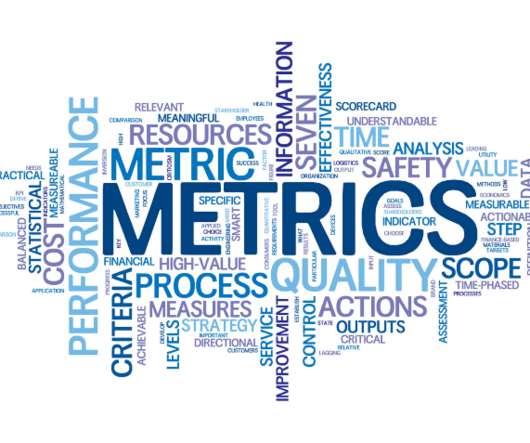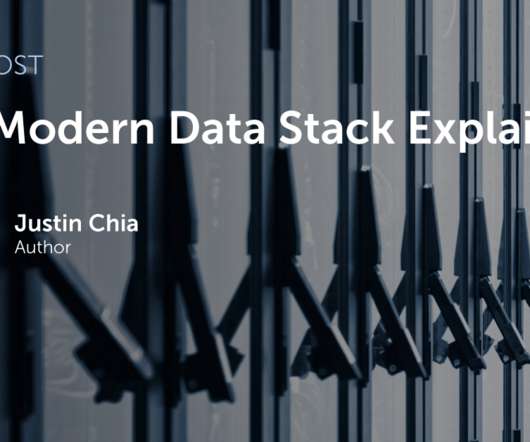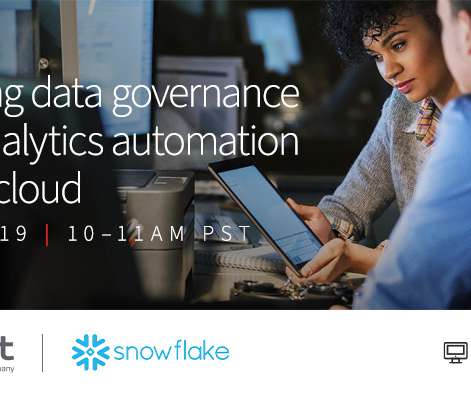CDO resumes: 5 tips for landing a chief data officer role
CIO Business Intelligence
NOVEMBER 17, 2022
As companies start to adapt data-first strategies, the role of chief data officer is becoming increasingly important, especially as businesses seek to capitalize on data to gain a competitive advantage. According to the survey, 80% of the top KPIs that CDOs report focusing on are business oriented.

























Let's personalize your content